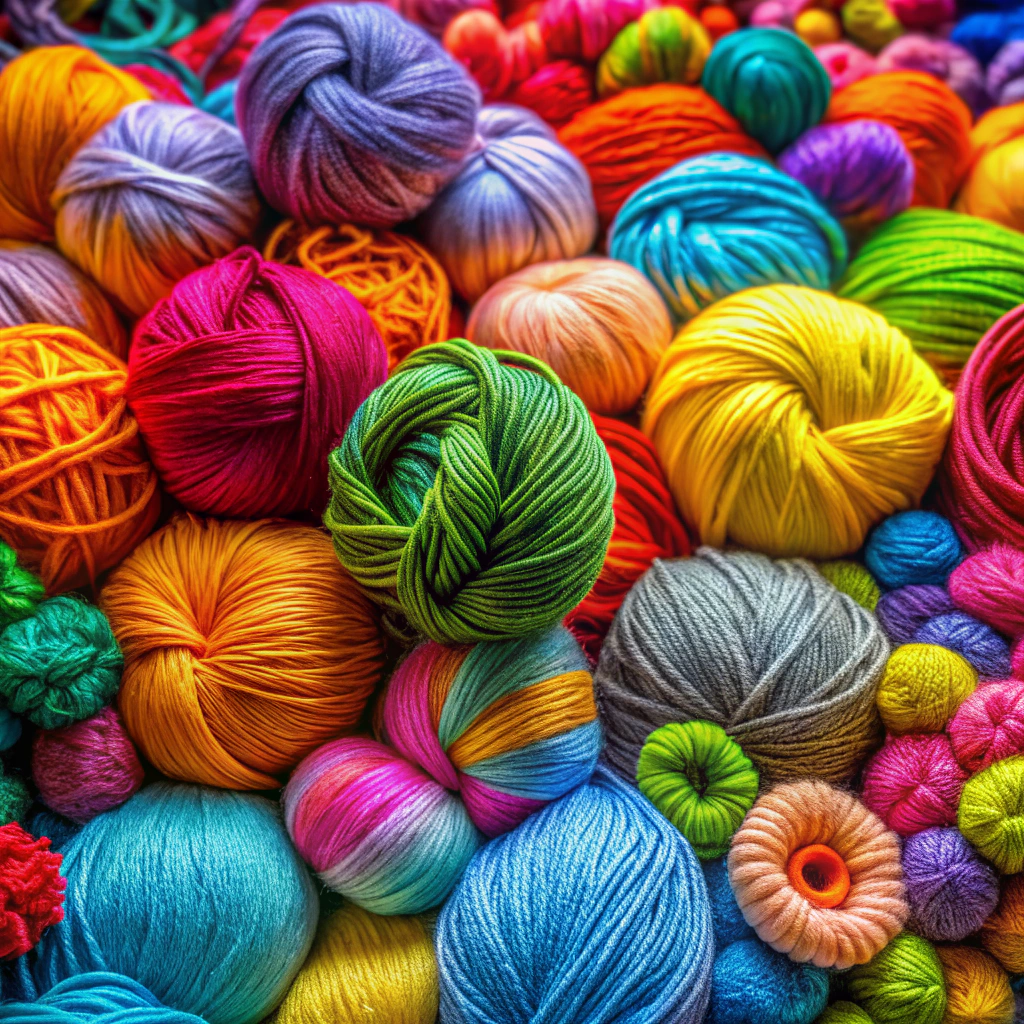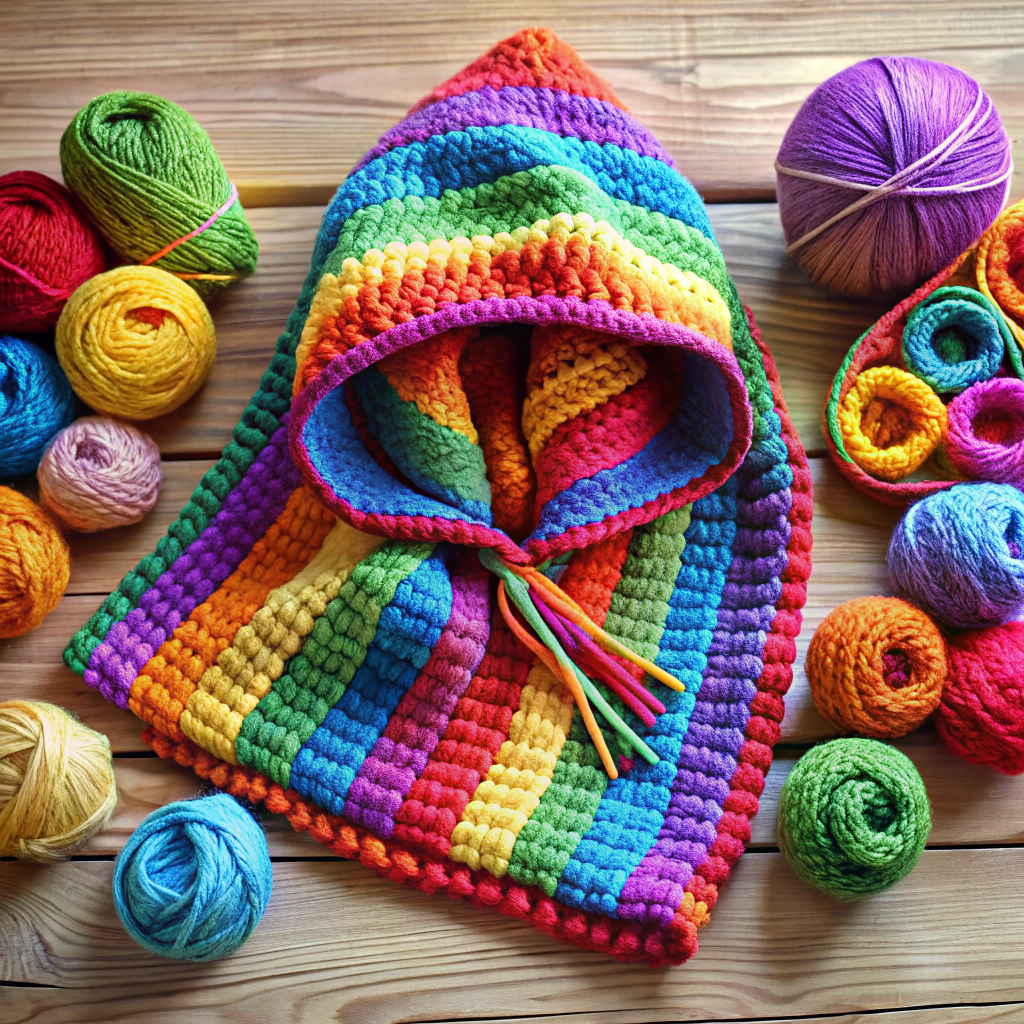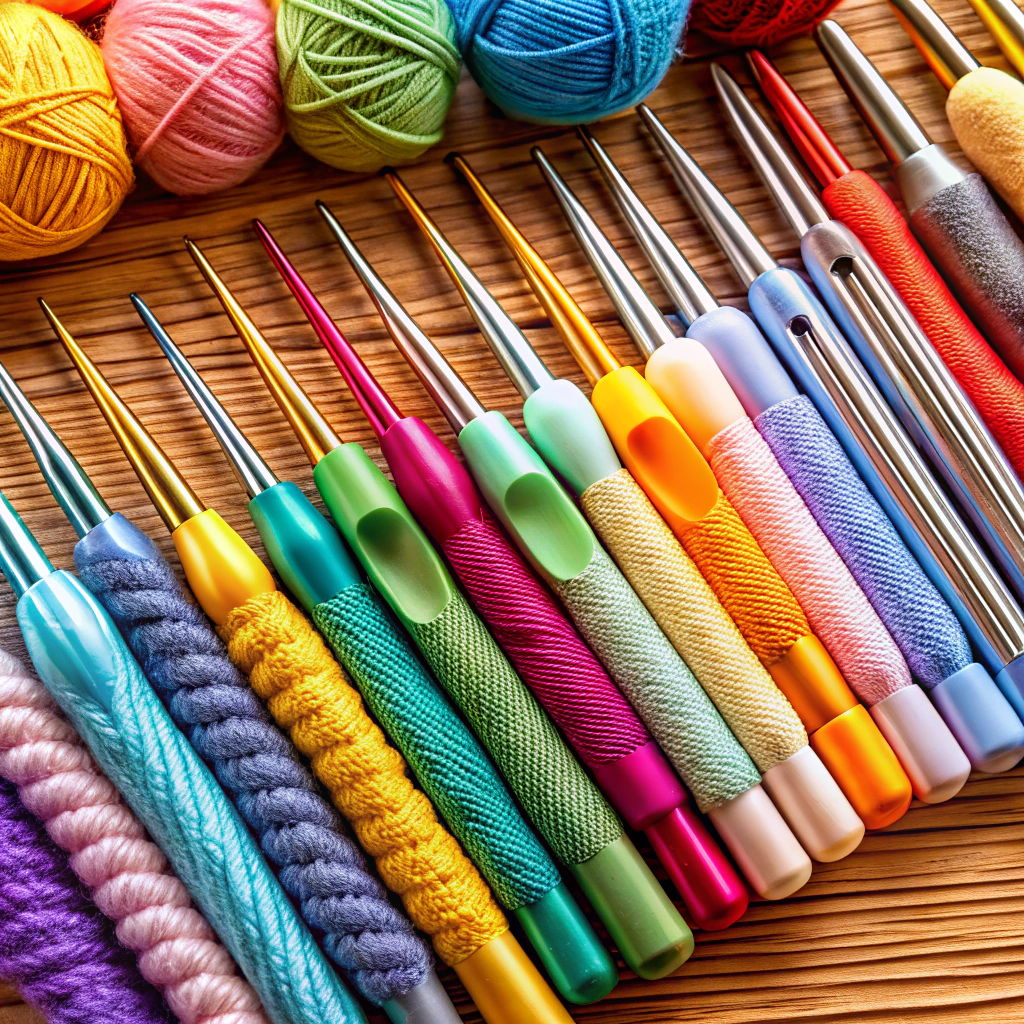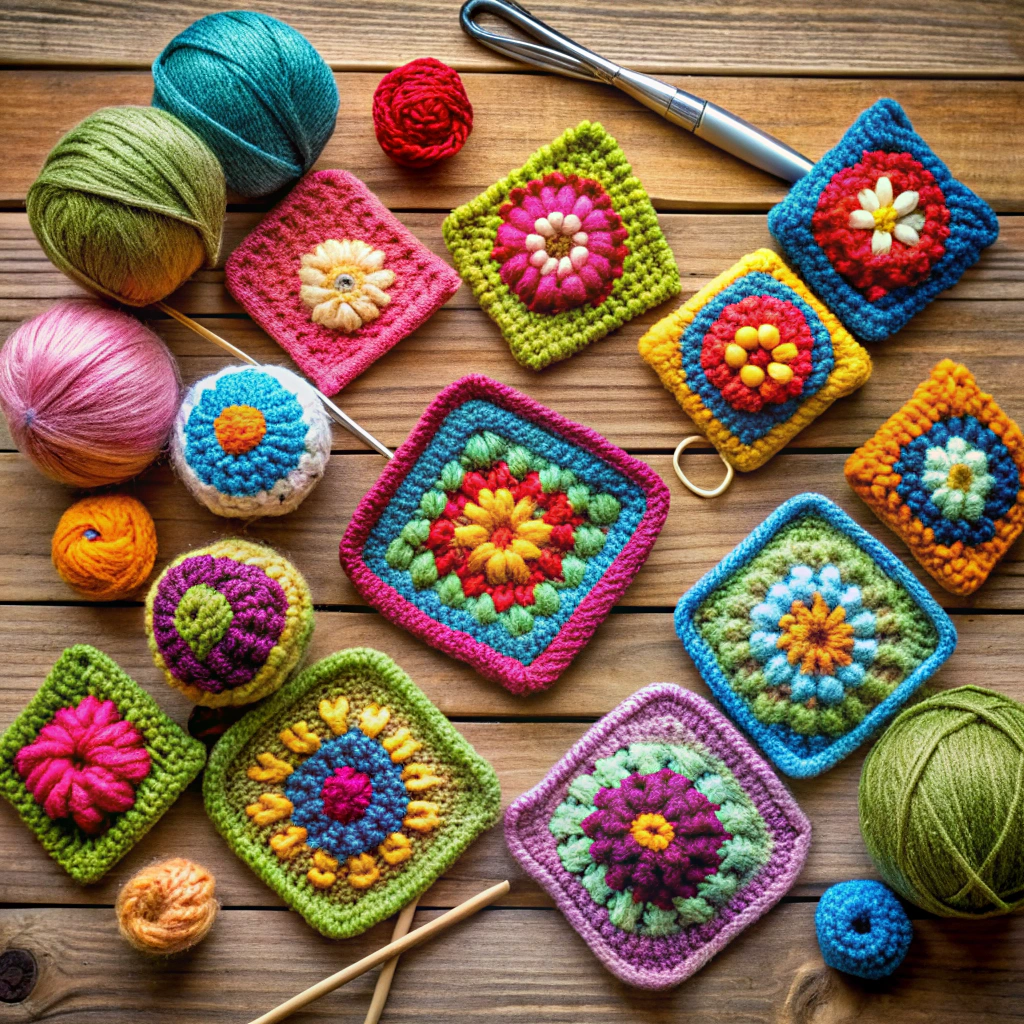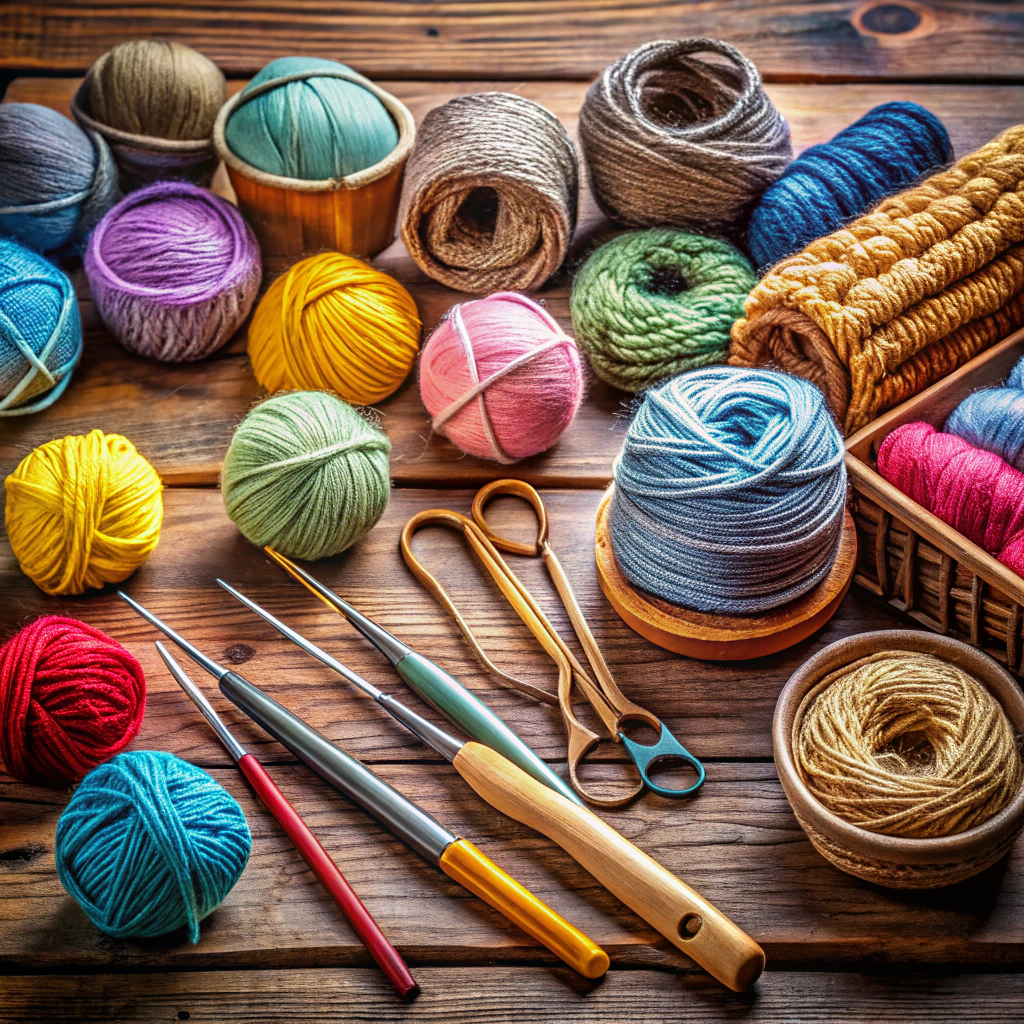Learn how to turn your crochet projects with ease, ensuring your stitches stay in line and your project keeps its cool.
Crochet enthusiasts, ever felt tangled up in the mystery of the almighty “turn”? Fear not, intrepid fiber artists! Unlock the secrets of spinning your work around like a pro in our guide to crochet turning. Whether you’re puzzled about clockwise versus counterclockwise, mystified by the turning chain’s baffling behavior, or trying to dodge those pesky mistakes that haunt your yarn dreams, this piece has you covered. Dive in to master your turning skills and see your crochet creations whirl with precision!
Key takeaways:
- Turning allows neat rows in crochet projects.
- Follow your pattern for turning cues.
- A turning chain prevents uneven edges.
- Maintain grip to avoid tension issues.
- Understand turning differences in rounds vs. rows.
Understanding the Purpose of Turning in Crochet
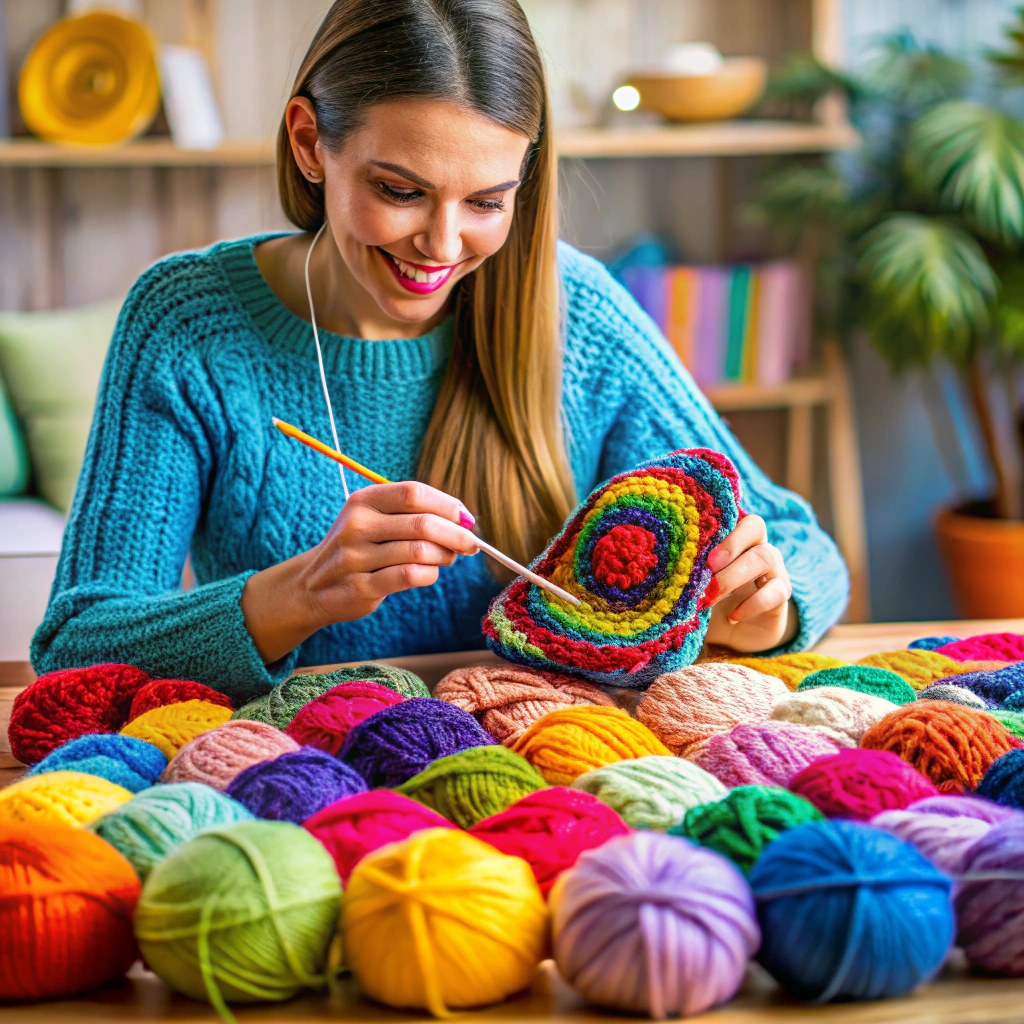
Turning in crochet is like giving your project a quick pirouette before continuing the dance of stitches. It’s the fancy footwork that gets you from one row to the next. Imagine reaching the end of a row and realizing you can’t just keep going into space like an astronaut on a yarn mission—you need to turn your work to start a fresh row back across.
Think of it as a way to keep your crochet piece two-dimensional, instead of spiraling away like a rogue ball of yarn. Without turning, you’d be creating an enormous, ever-growing tube. Turning transforms your stitches into neat rows.
Turning ensures your stitches have a direction change, allowing for the texture and patterns that give your crochet projects their character. It’s the reason your scarf looks like an actual scarf and not some modern art interpretation of one. So give that project a spin, and let the crochet magic happen!
Identifying the Right Moment to Turn
You’ve been cruising through your row, perhaps lost in a trance of yarn and rhythm, when suddenly you reach the edge. Now what?
Check your pattern. Like a friend who gives you the map but refuses to pay for fuel, it’s got the info you need. It will often indicate the exact moment you should turn.
Finished all stitches in your current row? That’s a good cue to pivot gracefully like a ballroom dancer, preparing to start a new row on the other side.
Look out for stitch count. Ensure you’re at the end of the row unless you want a lopsided masterpiece.
Watch for visual cues. If your row resembles a very ambitious seesaw, it’s time to switch directions.
Remember, practice makes perfect and reduces the likelihood of resembling a confused crab trying to walk both directions at once.
How to Hold Your Work While Turning
To keep your crochet from looking like a ball of yarn’s worst nightmare, a good hold is essential.
Start with a firm grip on your hook. Imagine it’s a chocolate bar: you don’t want to melt it, but you definitely don’t want it to slip from your fingers.
Once you have your last stitch in place, let your work dangle with style as you prepare to turn. Loosen your strings on your left hand, creating an elegant little arc with your working yarn. You’re conducting a symphony, not wrestling a python, after all.
Your dominant hand should delicately maintain crochet control while your supporting hand maneuvers the piece with the finesse of a cat burglar.
Remember, it’s not a wrestling match. Handle it with the gentleness of a season finale spoiler. Embark on that turn with grace and purpose!
The Importance of the Turning Chain
Think of the turning chain as a polite little stepping stool, helping you reach new heights—or at least not stumble when you’re switching directions. Without it, your rows might start to look like a bad haircut: uneven and a bit wild.
- Acts as a bridge: The turning chain smoothly transitions you from the end of one row to the beginning of the next. No more awkward leaps!
- Maintains stitch height: It ensures that each row starts at the right elevation, matching the stitches in terms of height. Picture it as the elevator taking you to the proper floor.
- Prevents overcrowding: Like a bouncer controlling club entrance, it helps maintain the correct number of stitches along the row, keeping things orderly.
- Provides stability: Think of it as reinforcing the row, making the start of each line strong and less prone to slouching or drooping like a sleepy puppy.
Just remember, not all turning chains are created equal. Different stitches require different chain counts. Make sure to get it right, or your project could go a bit topsy-turvy!
How Many Chains to Add Before Turning
Ah, the question of how many chains to add before sending that project on a merry-go-round! It’s like trying to figure out how many marshmallows to add to your cocoa—too few and it’s unfulfilling, too many and it spills over.
– For a single crochet stitch, just one chain is usually enough. It’s the minimalist approach, just like those tiny soy lattes: enough to keep things smooth but not bulky.
– Double crochet, however, is more demanding. It needs a substantial lead-in, requiring two or three chains. Think of it as ordering a triple scoop at the ice cream parlor—worth it every time.
– Half double crochet stands somewhere in between, with a typical call for two chains. Imagine it as the perfect Goldilocks choice: not too much, not too little.
– For treble crochet, set your sights on three to four chains. It’s like a good suspense novel—everything hangs by those few details.
Remember, these chains aren’t just for kicks. They prep your stitches for their next big adventure, lining them up like ducks on parade. So, treat them with care and make sure they don’t outnumber your stitches like penguins taking over a beach party.
Which Direction to Turn: Clockwise or Counterclockwise?
Deciding which direction to turn in crochet can be more perplexing than choosing a movie on date night. Do you go clockwise or counterclockwise? Well, it depends.
Imagine your work as a pancake on a skillet. If you’re a right-handed crocheter, flipping it clockwise might feel like a natural flip of the wrist. Lefties, on the other hand, lean towards counterclockwise—it’s all about what feels comfortable.
But here’s a quirky twist: when working in rows, the yarn’s position relative to your hook matters. The goal is to keep the yarn behind your hook after the turn.
And now for the “frog in your throat” moment: If you notice a twist in your stitches, you might be twisting in the wrong direction. Don’t panic; an easy flip solves it.
Also, don’t stress about choosing the “wrong” direction. Crocheting is like a dance; as long as you don’t step on anyone’s toes (or stitches), you’re good.
The Role of the Turning Chain in Maintaining Stitch Count
Keeping your stitch count consistent? Absolutely vital! Enter the turning chain, your new best friend.
First off, the turning chain is like a bridge to the next row. It sneaks in some elevation, giving your stitches a head start, so they don’t look like they’re playing hooky. Without those extra chains, your rows could end up looking like the crochet equivalent of a lopsided cake. Nobody wants that!
The number of chains you add will depend on the type of stitch you’re using. For a single crochet row, add one chain; for double crochet, it’s like a big step: add two! Triple crochet? Go crazy; add three chains.
Skipping this step or adding too many? Say hello to wavy edges or an accidental triangle shape. It’s yarn’s way of keeping you on your toes!
In crochet, ambition can lead to chaos. So, count those stitches like you count sheep, and the turning chain will do its part, ensuring every stitch stands tall.
Common Mistakes When Turning and How to Avoid Them
Ah, the dreaded oopsie daisy moments during turning. We’ve all been there. Here are a few to watch for and some sneaky tips to dodge them.
First up, the mysterious vanishing stitch. If you find your rows shrinking faster than a wool sweater in hot water, you might be skipping that all-important first stitch. Always start in the right place.
Another foe is the extra stitch gremlin. If your project is expanding like it’s on a carb-loading spree, you’re likely adding an unwanted stitch at the end of a row. Easy fix: keep count as you go along.
Let’s not forget the leaning tower of crochet project. This happens if your tension is tighter than your jeans after Thanksgiving dinner. When turning, make sure to maintain the same tension as the rest of your piece. Your project deserves to be consistent.
Finally, turning confusion. Going clock or counter? Pick one direction and commit—or risk creating a dizzying spectacle, swapping directions every row. Consistency is key.
There you have it, some classic blunders in the crochet turning world and how to outsmart them. Who knew a little twist could do so much?
Turning in Different Crocheting Contexts: Rounds Vs. Rows
In the world of crochet, turning behaves a bit differently when you’re working in rounds or rows. These are like two cousins at a family reunion—related but with distinct personalities.
Rows are straightforward. You simply turn your work at the end of each row to create that flat, rectangular majesty. It’s a bit like flipping a pancake, but less messy and with fewer breakfast calories.
Rounds, however, might have you spinning in circles, quite literally, without much turning involved. They’re typically continuous or joined without turning, like a spiral staircase of fluffy yarn. Some patterns might ask you to turn in rounds, but these are rare cases, like the unicorns of crochet.
Key point: Understanding the context ensures your project doesn’t resemble a yarn explosion at the craft store. Keep these differences in mind, and you’ll crochet with the ease of a cat napping in the afternoon sun.
Tips for Mastering the Turn and Keeping Tension Even
When turning your crochet piece, keep your grip relaxed—strangling the yarn like it’s the last donut at a party could lead to inconsistency in tension. Instead, a gentle hold ensures your stitches stay consistent.
Check your yarn flow. The yarn should glide effortlessly, like a penguin on ice. Avoid any unnecessary drag, which could throw off your tension faster than a cat pouncing on a ball of yarn.
Practice makes nearly perfect. Regularly review your stitches after turning. If they resemble a bumpy roller-coaster track, loosen up. If they sag like a sad deflated balloon, tighten your tension.
Count your stitches regularly. Counting isn’t just for sleep or sneaky accountants; it helps maintain your stitch count after each turn, ensuring no sneaky stitches hitch a ride.
Finally, breathe! Stress is for tax season, not crocheting. Keep calm and make sure each turn flows smoothly.
